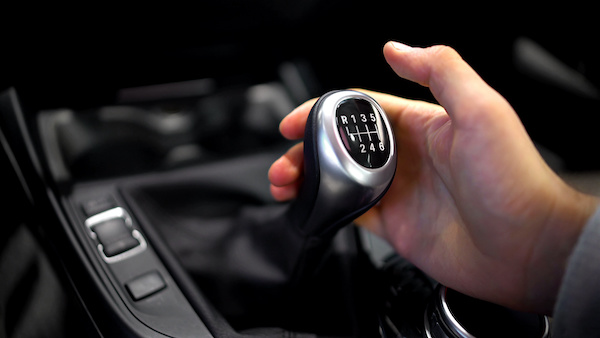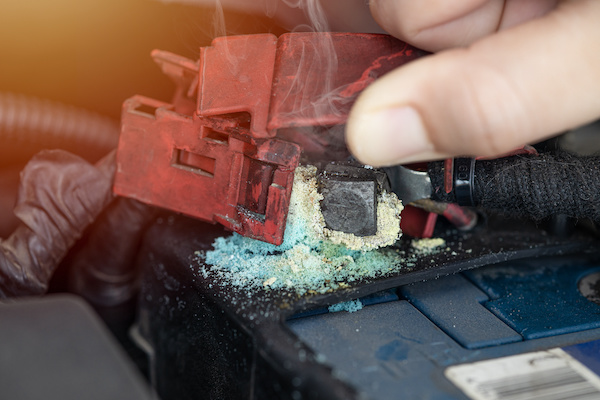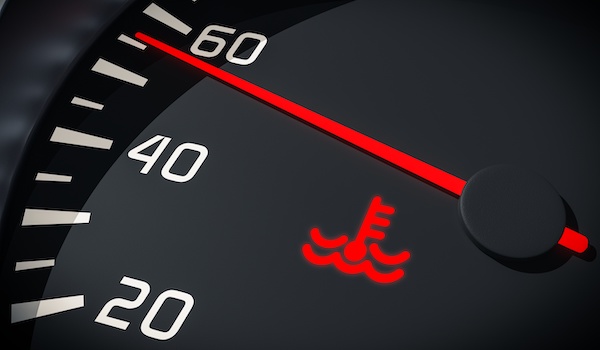Posted on 8/31/2023

As the back-to-school season unfolds, a world of possibilities awaits, and it all begins with your choice of wheels. From sleek sedans to sporty coupes, we've handpicked the vehicles below, to transform your daily campus travel or home-to-school commute into an adventure! Before we start: We haven't specified model years because everything differs from the price on the market to the potential owner's preferences. This is a generalized spec and feature walkthrough so when it comes to trims and extras, look around and pick the one for you! Honda Civic Sedan When it comes to finding the perfect back-to-school car that combines style, affordability, and durability, the Honda Civic Sedan takes the lead. Its exterior boasts sleek lines and a modern design, while the interior is spacious, comfortable, and loaded with tech features. With the Civic, you'll be turning heads on campus and enjoying the ride inside. Engine Horsepower Out ... read more
Posted on 7/31/2023

Choosing the right type of oil for your car is crucial for optimal engine performance, efficiency, and longevity. With a multitude of oil options available, understanding the differences between them and selecting the right one can be overwhelming. Let's get you up to speed with the different types of oil and which one to choose for your car! Conventional Oil Conventional oil, also known as mineral oil, is the most basic type of oil. It is derived from crude oil and undergoes minimal processing. Conventional oil provides decent lubrication and works well in older, low-mileage vehicles with less demanding engine requirements. However, it generally requires more frequent oil changes compared to synthetic oils. Synthetic Oil Synthetic oil is engineered to offer superior performance and protection compared to conventional oil. It is formulated with advanced additives and a base oil that undergoes extensive processing to provide optimal lubrication ... read more
Posted on 6/30/2023

A car can either have a manual or automatic gearbox, as you might know. But when talking about the offspring of these two options, there are quite a lot. Today, we will take a look at two of the manual transmission variants - the short and normal gear shifters. Simply put, they affect the distance between gears on the shift stick and have other advantages, as you will see soon. Here are the main characteristics of both: Main Advantages Of The Normal Shifter Better control More precise because of the extra travel Vehicle comes equipped with it out of the assembly line Main Advantages of The Short Shifter Shorter time to shift More agile shifting Keeps the RPMs more stable while shifting Shifting Feel and Engagement The primary difference between normal gear shifters and short gear shifters lies in the shifting feel and engagement. Normal gear shifters typically have a longer throw, requiring more physical movement to shift gears. This can result in a smoother and more relaxed sh ... read more
Posted on 5/31/2023

A dead battery can be frustrating, especially if you're in a rush to go somewhere like work or school. One of the main reasons for a dead battery is corrosion, which can build up on the battery terminals over time. Corrosion is a result of the battery's acid reacting with the air and metal. In order to stop corrosion from corrupting your battery, you should do your best to clean your car battery regularly. Keep on reading for a step-by-step guide on how to clean corrosion off your car battery. Step 1: Gather the necessary things The first step is to gather all the necessary equipment. You'll need gloves, safety glasses, a wire brush or battery cleaning tool, baking soda, a bucket of water, and a wrench. Step 2: Turn off the car's engine Before starting any work on the battery, make sure to turn off the engine and remove the keys from the ignition. This will prevent any electrocution or damage to your car. Step 3: Remove the battery cables Using a wrench, loosen th ... read more
Posted on 4/28/2023

If you’ve ever seen a warning light on your dashboard that looks like a thermometer, it’s the engine temperature warning light. When it comes on, it means that your engine is overheating, which can cause serious damage to your car if not addressed promptly. What Does the Engine Temperature Warning Light Mean The engine temperature warning light on your dashboard is designed to alert you when your engine is overheating. The light can appear for a variety of reasons, including low coolant levels, a malfunctioning thermostat, a broken water pump, or a blocked radiator. Whatever the cause, when your engine overheats, it can cause severe damage to your car, including engine failure, which is why it’s important to take action when the warning light comes on. What Should You Do If the Engine Temperature Warning Light Comes On If the engine temperature light illuminates on your dash, there are several things you should do right away to help prevent damage to your engine ... read more